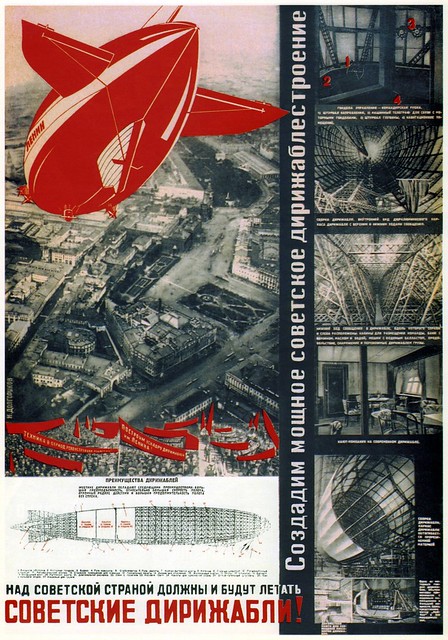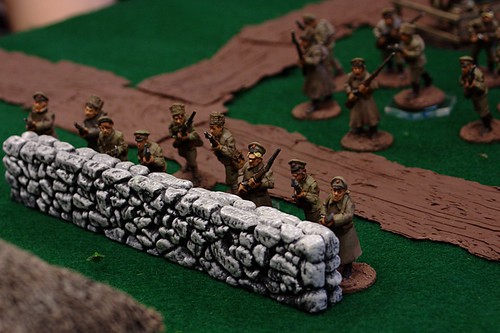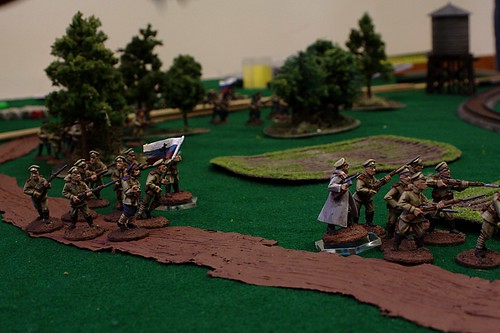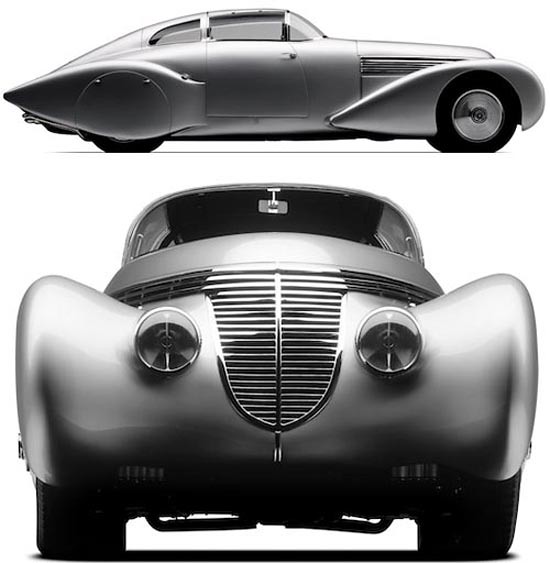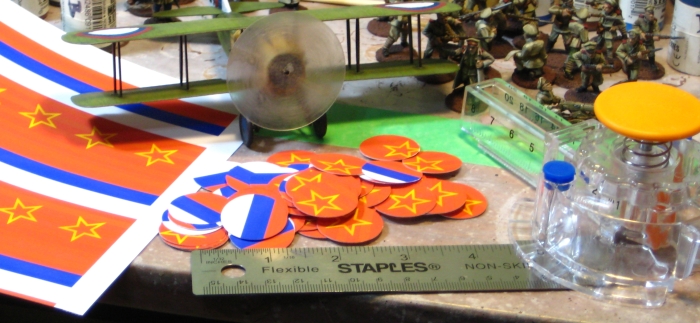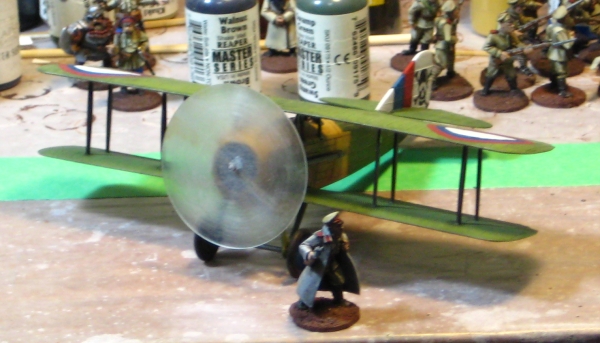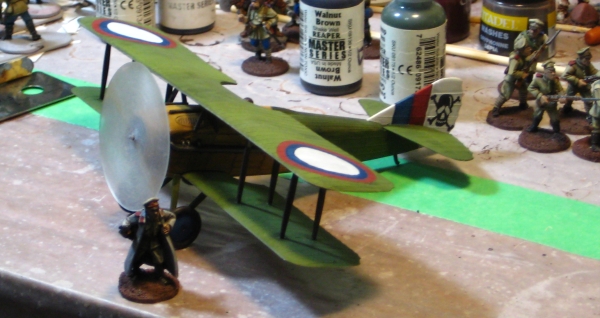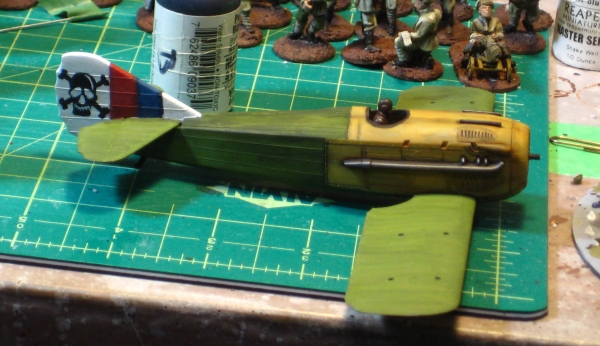Off to Vancouver Friday morning for two and a half days of miniature gaming goodness at Trumpeter Salute 2012!
The Russian Civil War figures and scenery I needed for the game I’m running Saturday have all come together nicely, and I’ve got everything packed away for transport. Clothes, toothbrush, all that boring stuff too, with luck…
I’ve had a quick look at the convention schedule, but except for my own game, I don’t plan ahead too far at Trumpeter. There’s always good stuff running, with some reliable standbys like the near-constant 1:72nd Canvas Eagles WW1 air games to fall back on if nothing else grabs my eye. That said, I always go to conventions looking to try new gaming systems, new rules, new eras, new genres and to play with different people than the usual crowd I game with all the time!
I’ve got the WordPress Mobile app installed on my Android smartphone, so there might even be some short updates here over the weekend before the big post-Trumpeter posts sometime early next week. Hopefully I remember to take photos, even.
If you’re going to be at Trumpeter, say hi if you see me. I usually scribble “Wirelizard” on my nametag these days, because that’s become my default username online, and I even remembered to make a sticker version of my orange lizard logo (see the right-hand side of the banner up above this post) to stick to one edge of my nametag. Or just look for the Russian Civil War game in the Saturday afternoon slot and come join in! 2PM (1400) on Saturday afternoon!

